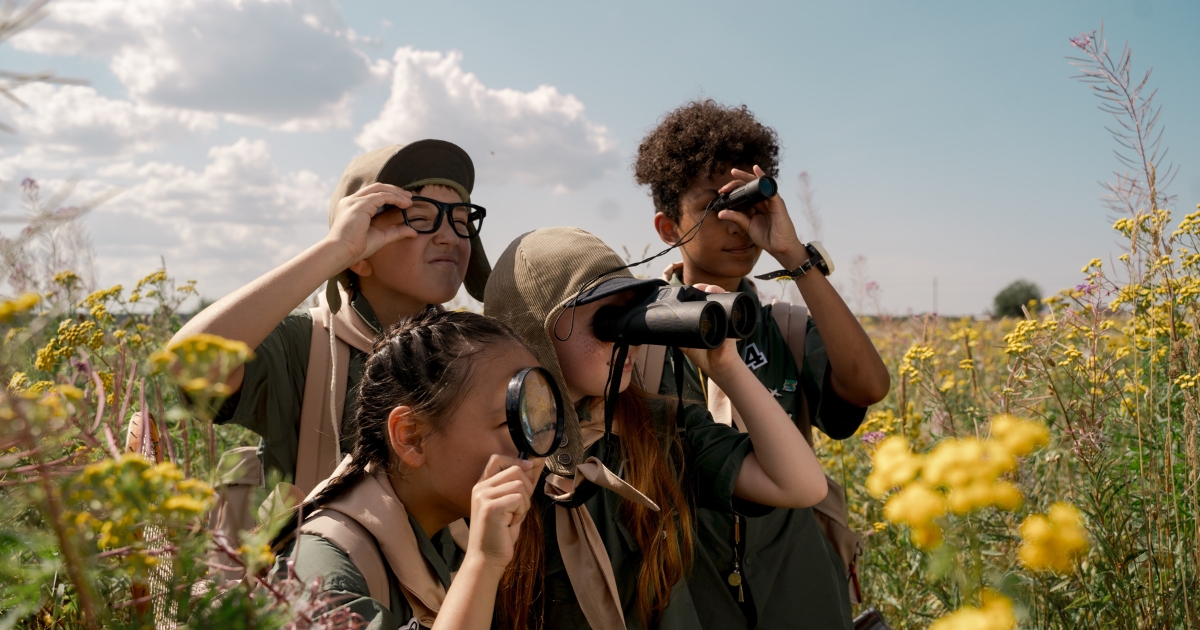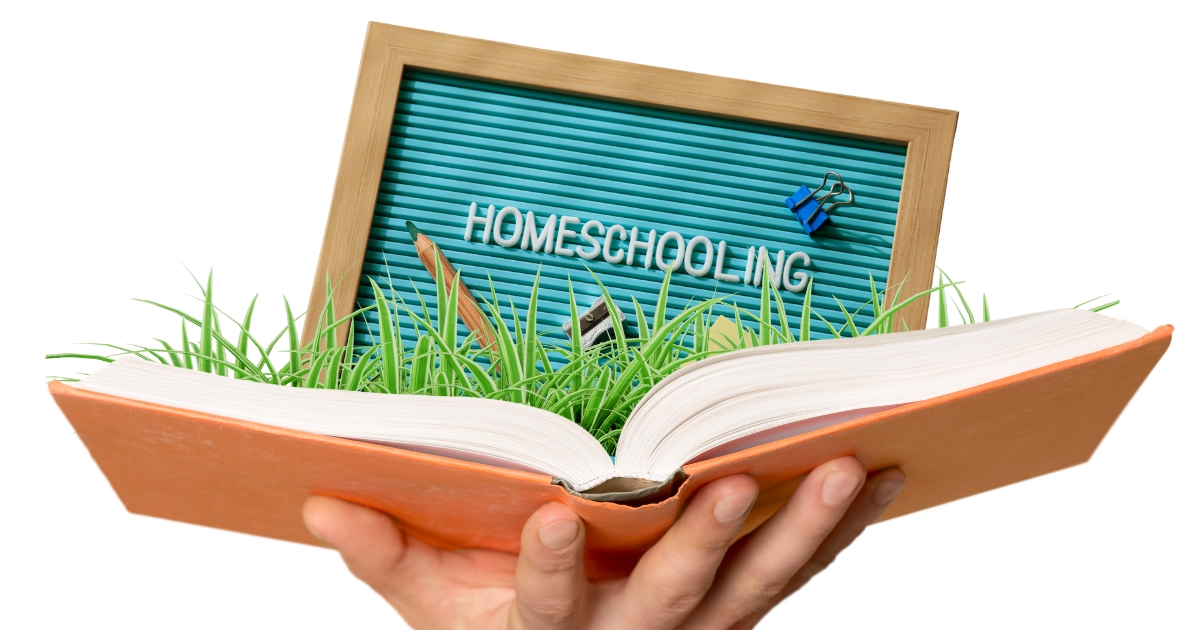The Charlotte Mason method of homeschooling emphasizes living books as a core component of its philosophy. These books are engaging, inspiring, and written by authors passionate about their subject matter. Unlike dry textbooks that list facts, living books bring subjects to life, spark curiosity, and leave a lasting impression. For parents exploring the Charlotte Mason approach, incorporating living books can transform the homeschooling experience, making it more enriching and enjoyable for both children and parents.
Below, we’ll explore the role of living books in homeschooling, provide tips for choosing the right ones, and share a curated list of books ideal for the Charlotte Mason method.
Understanding Living Books And Their Role In Homeschooling
Living books are an integral part of the Charlotte Mason method because they go beyond merely sharing information. They aim to engage both the mind and heart of the reader. A good way to identify a living book is by asking this simple question: Does the book make the subject come alive? Here are the key characteristics of living books and why they are so effective:
Defining Features of Living Books
- Narrative Style: Living books are often written in a conversational tone, as if the author is speaking directly to the reader. This makes them more relatable and engaging.
- Authorship by Experts: The authors of these books are deeply passionate and knowledgeable about their subjects, allowing their enthusiasm to engage young minds.
- Rich in Ideas: Instead of focusing solely on facts, living books deal with ideas, presenting them in a way that inspires reflection and imagination.
- Timeless Appeal: Many of the best living books are considered classics because they capture universal truths and enduring themes.
Benefits of Using Living Books
- Personal Connection: Because living books are so engaging, children develop a personal connection with the material, retaining knowledge better than they might with a traditional textbook.
- Encourages Independent Thinking: Living books foster curiosity, critical thinking, and an appreciation for learning.
- Holistic Learning: Subjects like history, science, and literature become deeply integrated, offering a fuller understanding rather than isolated facts.
For example, instead of memorizing dates and events from a dry textbook, children reading a book like The Story of the World gain a vivid sense of history through stories that connect them to the past.
Practical Tips For Homeschooling With Living Books
Homeschooling with living books can be overwhelming at first because the options are endless. Here are some practical tips to make the process smoother and more effective.
Create a Book Rotation Schedule
Organizing your living books into a manageable schedule is key. Here’s how to approach it:
- Divide Books by Subject: Start by grouping books into categories like history, geography, nature study, literature, and the arts.
- Balance Reading Time: Allocate time throughout the week for reading from each subject. For instance, history might be read twice per week, while nature study can be done daily.
- Use Short Lessons: Stick to short, focused lessons. Charlotte Mason emphasized the importance of maintaining a child’s attention by keeping lessons brief and stimulating.
Incorporate Narration
Narration is another signature Charlotte Mason technique that complements living books. After your child reads or listens to a book, ask them to narrate what they’ve learned. This is simple but highly effective:
- Oral Narration: Young children can explain a passage in their own words as a way to process and remember.
- Written Narration: Older children might write a brief summary or reflection to develop their analytical skills.
Combine with Hands-On Activities
Engage other senses and bring living books to life with creative activities:
- Map Work: After reading a history or geography book, have your children locate relevant countries, regions, or landmarks on a map.
- Nature Journals: After exploring a living book on nature, encourage journaling with drawings and notes on observed plants, animals, or phenomena.
- Art Experiments: Pair a book about an artist’s life with craft projects inspired by their techniques or themes.
Build a Home Library
Collecting living books doesn’t have to break the bank. Use these strategies:
- Public Libraries: Many classics recommended in Charlotte Mason circles can be found in local libraries.
- Thrift Stores and Used Book Sales: Look for gently used copies of well-loved books at a fraction of the price.
- Digital Libraries: Explore free digital libraries like Project Gutenberg for public domain works.

A Charlotte Mason Living Book List
To help you get started, here’s a curated list of beginner-friendly living books that align with the Charlotte Mason philosophy. These are grouped by subject and offer something for children of various ages.
History
- Our Island Story by H.E. Marshall – A beautifully narrated history of England that reads like a collection of captivating stories.
- The Story of the World series by Susan Wise Bauer – An accessible introduction to world history written as narrative stories for children.
- Across Five Aprils by Irene Hunt – A compelling novel that brings the American Civil War to life through the eyes of a young boy.
Nature Study and Science
- The Burgess Bird Book for Children by Thornton W. Burgess – A charming storybook packed with engaging facts about bird species.
- Pagoo by Holling Clancy Holling – Follows the fascinating life of a hermit crab while teaching about marine biology.
- Seedfolks by Paul Fleischman – An inspiring tale about gardening and community, perfect for encouraging outdoor exploration.
Geography
- Paddle-to-the-Sea by Holling Clancy Holling – Tracks the adventures of a small wooden canoe as it journeys through the Great Lakes.
- Around the World in Eighty Days by Jules Verne – A thrilling and adventurous way to explore world geography.
- Children Just Like Me by Barnabas and Anabel Kindersley – Introduces children to global cultures by profiling kids from different countries.
Literature
- Aesop’s Fables – Timeless moral tales that are short yet full of meaning for young readers.
- Heidi by Johanna Spyri – A heartwarming story about a young girl’s life in the Swiss Alps and her connection with nature.
- Little Women by Louisa May Alcott – A classic story of family life, courage, and the value of personal growth.
- Lives of the Artists by Giorgio Vasari – A collection of stories about renowned artists, perfect for older students.
- The Annotated Mona Lisa by Carol Strickland – A visual exploration of art history.
- Beethoven Lives Upstairs by Barbara Nichol – A moving tale of Beethoven’s life told through imaginative storytelling.
Why Parents Love Living Books
Parents are often surprised by how quickly children respond to living books, and the change is almost always positive. Kids who previously dreaded certain subjects suddenly find themselves intrigued. Here’s why: Living books captivate children because they tap into their natural curiosity and desire to explore ideas. When kids feel connected to the material, they’re more likely to invest their attention and energy into learning. And because these books are often written in a memorable, story-driven style, they stick with readers long after the lessons are over.
Parents also love how versatile living books can be. Whether you’re teaching multiple ages or accommodating various learning needs, living books provide flexibility. Younger children can gain exposure by listening, while older kids might engage with deeper reflections and projects stemming from a single book. Adding living books to your homeschool also deepens the parent-child bond. Reading meaningful stories together can spark conversations that go beyond academics, fostering mutual understanding and enjoyment.
Transform A Lesson Into An Unforgettable Experience
Charlotte Mason homeschooling with living books is so much more than an academic formula—it’s a way of nurturing a love for lifelong learning. By choosing books filled with passion and meaning, incorporating thoughtful practices like narration and hands-on activities, and curating a rich home library, parents can build a homeschooling experience that isn’t just educational but also joyful and inspiring.
Consider the power of one thoughtfully chosen living book to transform a lesson into an unforgettable experience. That’s the beauty of homeschooling done the Charlotte Mason way. Why settle for rote memorization when you can share the gift of living ideas with your children?



